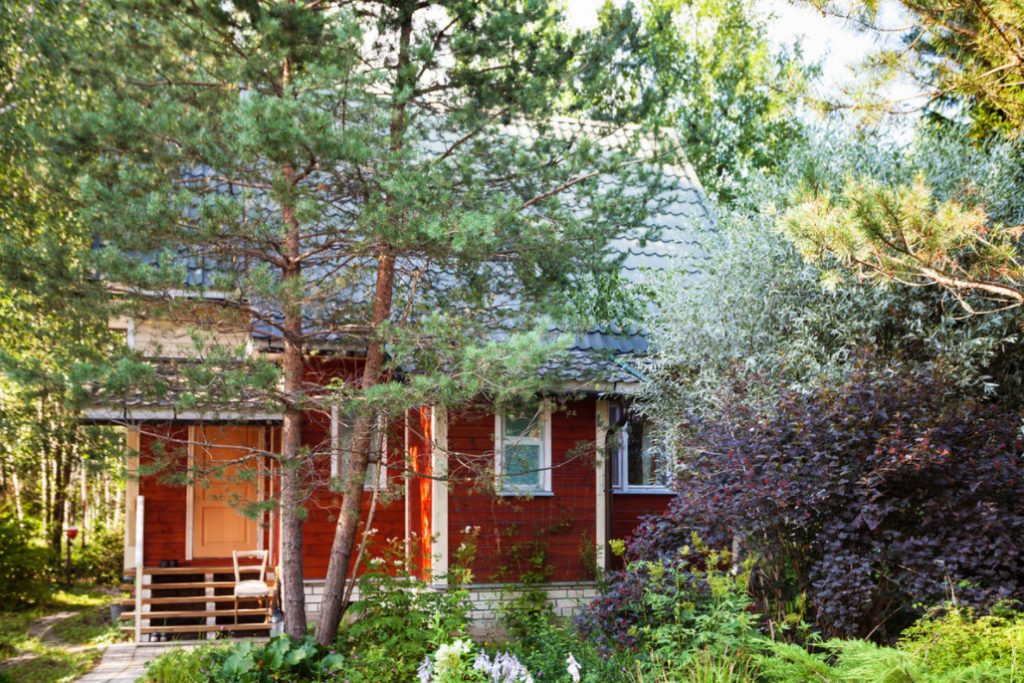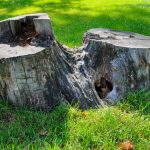A strong root system of large trees can threaten the integrity of the foundation of the house. And in general, a house buried in a forest thicket is more of a headache than a dream. Owners of forest houses are more and more concerned about the integrity of the roof due to large branches falling during a strong wind and even breaking trunks. And the destruction of the foundation can occur imperceptibly. By the way, this question has been asked more than once by experts on the site, and there are a lot of valuable comments and tips in the discussion. and i want to tell you about what i personally encountered.
Roots grow between the foundation and communications
My idyllic idea of a birch tree near the house was first spoiled by frequent hurricanes, breaking seemingly strong trees like matches. If such a fragment falls on the roof, you can’t do without a lot of repairs. But it turned out that this is not the only danger. Recently, we had a chance to disassemble a house in an old-fashioned place. The building is a shield structure, the foundation is columnar, the gaps are filled with finely buried brickwork, and nearby, about a meter from the wall, there are several spreading birches.
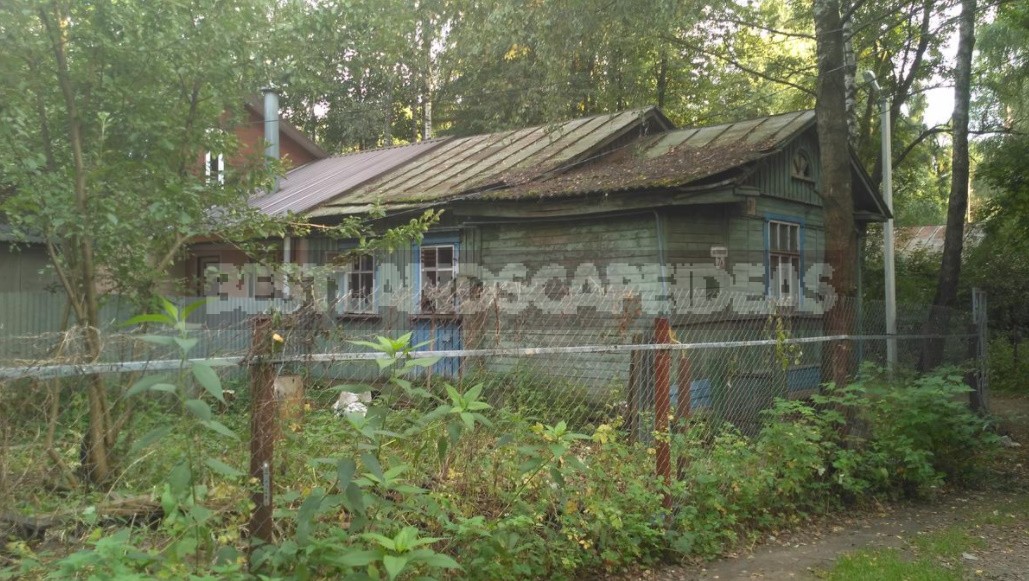
When the walls were dismantled, they began to dig out the foundation — and then they found a birch root with a diameter of 5-6 cm, sprouted under the masonry. Or rather, fused with it. You pull the root — and the whole masonry is shaking. In this case, such coexistence was not so dangerous, since this part of the foundation did not carry the main power load. But still, the walls of the house rested on it, and therefore could “play”.
To judge whether the roots affected the integrity of the structure or not, I do not undertake, since the house itself was old, in a neglected state. it is impossible to assess unambiguously whether the growth of the roots of the wall led to it. they were certainly driven, but it could have been anything.
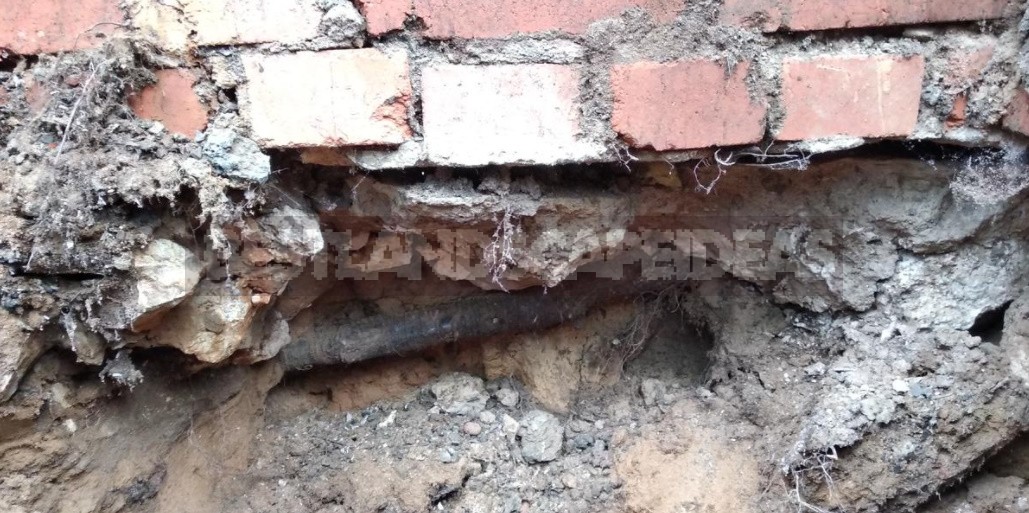
The main task was to dig out the filled-in well with water supply and sewerage. As it deepened, a root with a diameter of about 15 cm was found in it. In one corner of the well, it sprouted between the brick wall and the water pipe, in the other — between the wall and the sewer pipe, significantly propping them up.
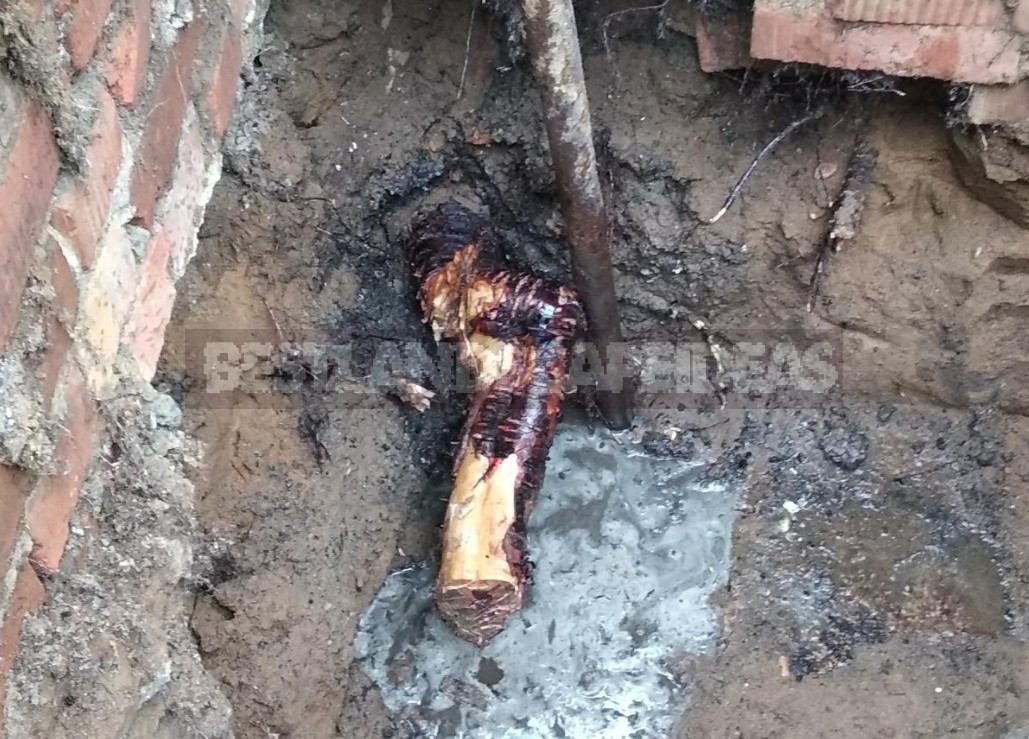
Probably, this neighborhood lasted more than one year. And it is quite possible that it would have lasted even longer. But everything could be different: gaining volume, the root would simply squeeze out the pipes or masonry to the sides. The second option would be the most harmless solution to the situation, but excessive pressure on metal pipes threatened to break the water supply or sewer system. Pleasant little (especially-given that the communications are located under the floor).
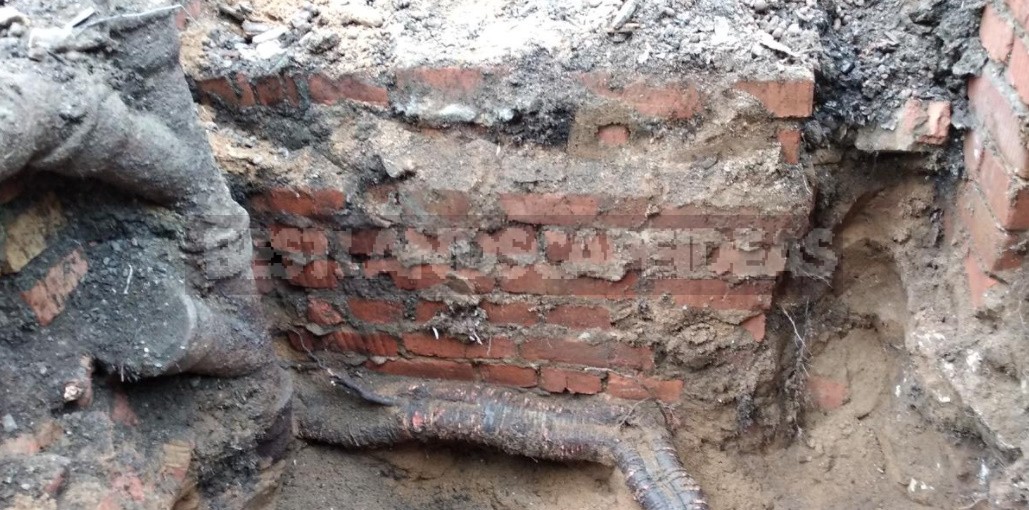
It is clear that only a small part of it was on the surface. It was simply impossible to get the root completely. Of course, it is impossible to say that a tree growing near the house will certainly destroy the structure. There are many examples of age-old coexistence, which in no way affected the integrity of the structure. My example is just an illustration of how it can be. And if we talk about massive foundations, then their roots are not at all terrible. They, if they rest against a concrete wall, will damage the waterproofing at most, but the structure itself will not react to their impact.
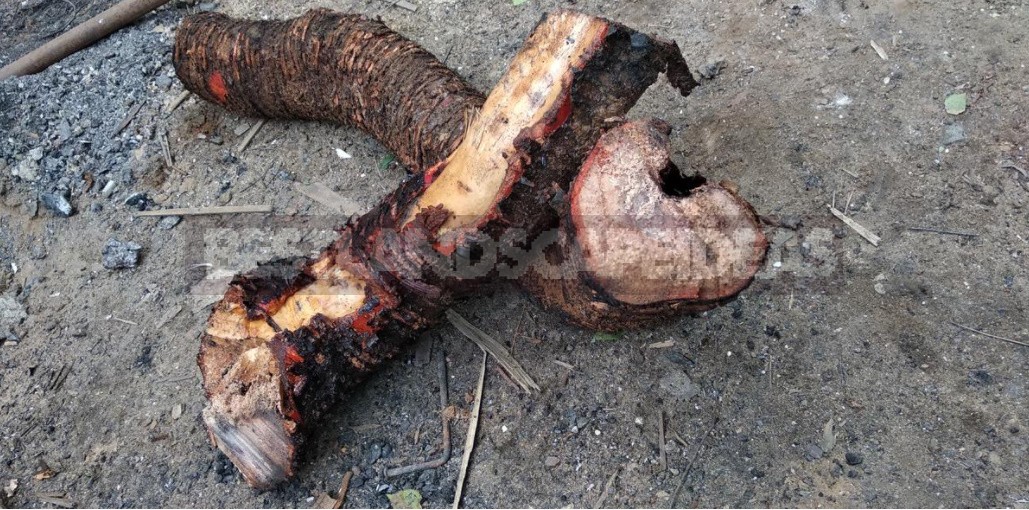
At what distance to plant a tree
Before planting a tree at home, evaluate the possibilities of its root system, taking into account climatic conditions and soil type. The roots of the same tree species can develop in different ways. For example, if the ground water is located high, the roots do not need to go deep into the ground in search of moisture, and they will grow in breadth. If there is not enough moisture at the top, the root will deepen. moreover, even a tree that has not brought any problems for years suddenly begins to destroy the house. This can happen due to changes in the growth conditions of the root system. For example, a path was laid under a tree, thus blocking the access of moisture to the roots.
To protect yourself, you must adhere to the building rules. from the outer wall of the house or any other building to the axis of the tree should be at least 5 m. From underground networks of gas pipeline and sewerage – from 1.5 m. The minimum distance from the tree to the water supply, drainage, power cable, heat network — 2 m. But these rules apply to trees whose crown diameter does not exceed 5 m. Accordingly, the wider the crown, the further the tree should be planted.
When it comes to the norms of the location of buildings and trees on the site, you need to be extremely careful!
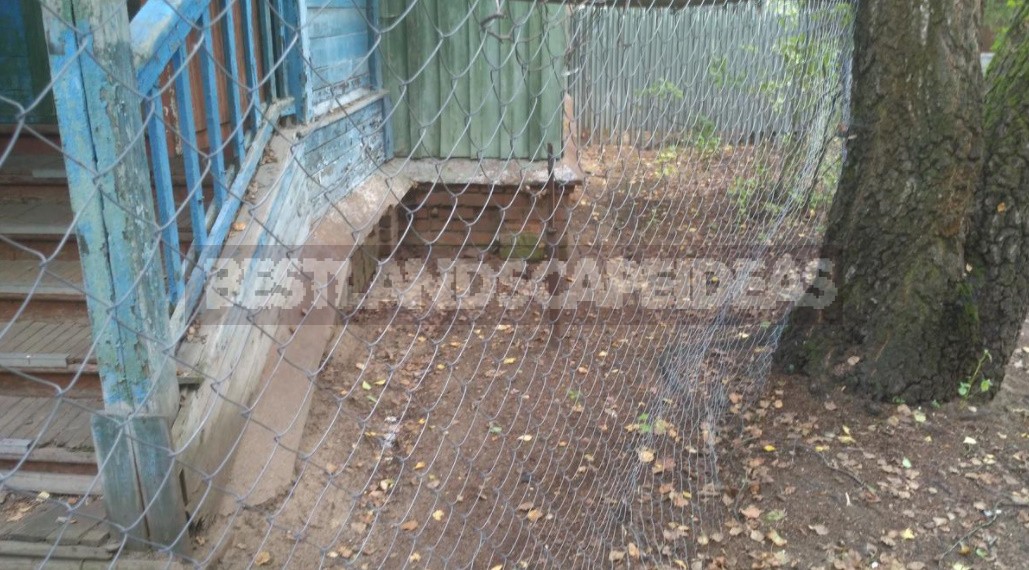
But how do you know that your birch tree will grow larger than the standard size? in addition to studying the characteristics of this type and variety of tree, look at the trees nearby, for example, growing in neighbors. most likely, your birch will be about the same size.
Roots and foundation — who is who
But the presence of a tree near the house and the appearance of cracks on the foundation or walls are two facts that may be completely unrelated. To confirm the impact of the roots on the structure, you will have to contact specialists. They will conduct research and give a conclusion. In Most cases, This Development looks Like Something Fantastic. Usually the solution is one: today there is a suspicion that the tree is interfering, tomorrow there is no tree.
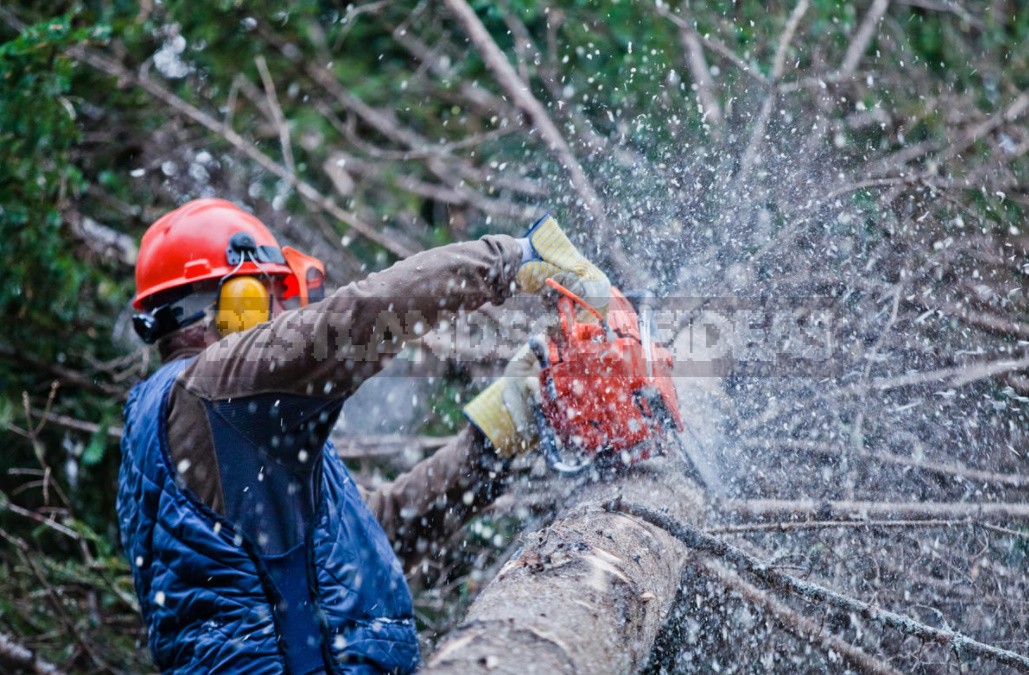
And here it may seem that it is enough to cut down the tree itself, and the problem is solved. But the roots should also be uprooted, as they can continue to develop. It is important to remember that their uprooting can also harm the structure. For example, a root that has grown into the structure will pull it along when it is displaced.
Another scenario is a change in the characteristics of the soil after the removal of the tree and its roots. For example, the root system of a birch tree needs a high level of moisture. Accordingly, the tree takes it from the soil. If there is no tree, the soil moisture will increase. Such soil can swell and squeeze out the foundation.
Protection from roots
There are cases when the foundation is light, and the roots are selected to it, and it is impossible to get rid of the tree in any way. the most common option is a neighbor’s tree planted in violation of the permissible distances, and your house/barn/bathhouse, also located not quite according to the rules. then we’ll have to build a defense. you can “scare” the roots away from your site by changing the acidity of the soil. for example, some advise to bury a thick layer of scrap asbestos sheets and building blocks along the house. since it is smooth and strong enough, the roots will not be able to catch on and will most likely change the growth trajectory. The Decision is controversial. The alternative is a protective wall. If the problem is serious, you can fill the concrete barrier to the desired depth.
